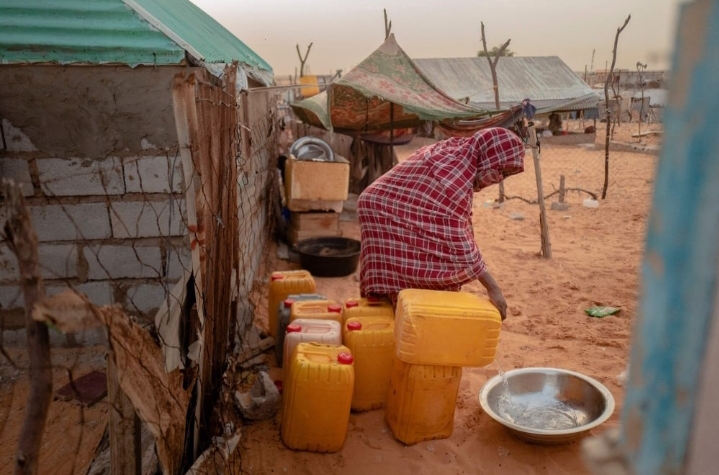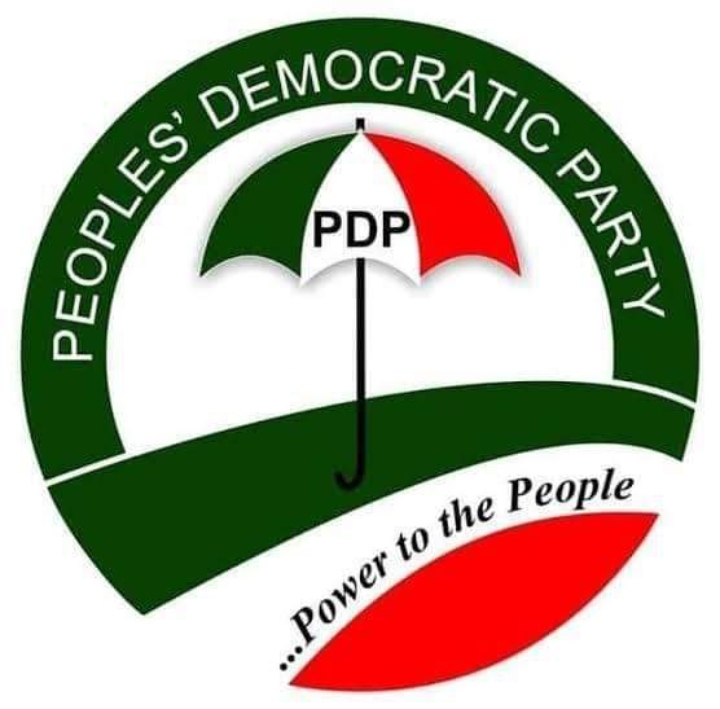Suburb of Mauritania’s capital runs out of water
The Mauritanian capital primarily relies on water sources located along the Senegal River, which is situated approximately 200 kilometres (124 miles) to the south.
The large distances are compounded by poorly maintained infrastructure. “Leaks go undetected, and almost 40 percent of the water is lost,” said Mohamed Touarad, the director of Tenmiya, an NGO operating in the water sector.
He added that the public company managing water distribution was largely loss-making because many residents do not pay their bills.
“Water is very hard to come by here, we’re thirsty and we’d like to have widespread distribution,” said 45-year-old El Id Ahmed, who has lived in Tarhil for 12 years.
“The tankers that come to supply us are often late,” he added. Water was supposed to flow freely in the district after authorities began work to ensure a supply several years ago. But “the pipes are still dry”, said Ahmed. Some dust-covered piping lay unused by the side of a small road.
To resolve the crisis, Mauritania’s newly re-elected President Mohamed Ould Cheikh El Ghazouani had prioritised extending a water catchment area some 60 kilometres east of Nouakchott and constructing a desalination plant in the capital.
But the extension of the Idini basin has stalled.
The government recently promised a “vast emergency programme” to improve living standards in Nouakchott, including a component “that will enable the extension of water supply networks to all target districts”, including Tarhil.










